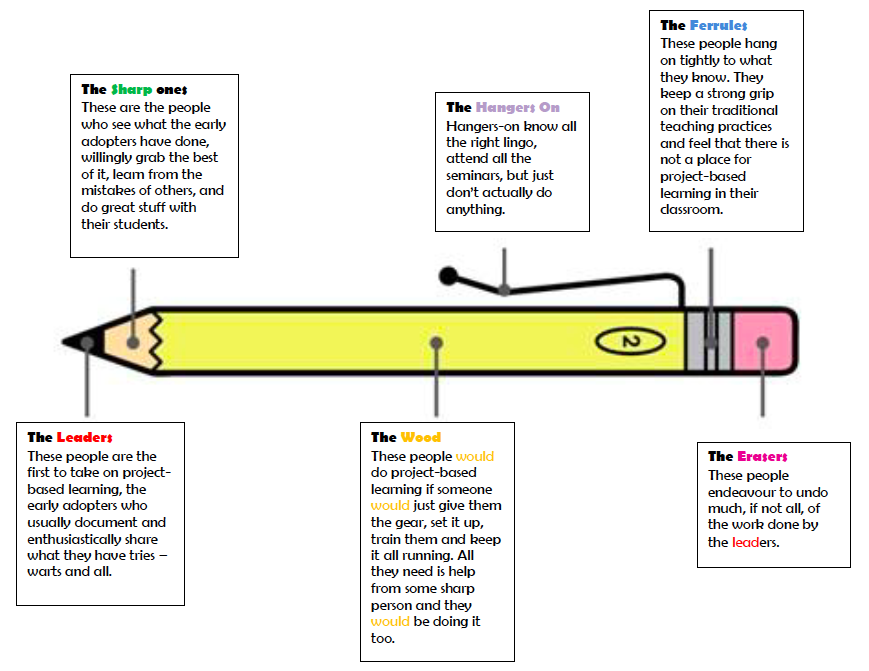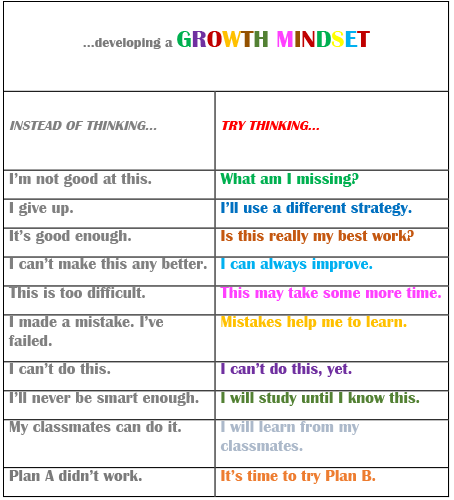The fixed vs. growth mindsets
What is your way of looking at the world? Do you have a fixed or a growth mindset? How do the people you work with face difficulties? Who supports you at school when you propose new ideas? How do members of your family react when you need to negotiate decisions?
In the last blog, we began examining the growth mindset and how repeated positive responses can transform fear and anxiety to confidence and assurance. We saw how strengthening the affective domain as our first priority is a game-changer in students’ engagement in their studies (in either online or face-to-face classes). We also started looking at why there is power behind the statements you repeat to yourself and to other people. Where did this all begin?
Carols S. Dweck studied people’s state of mind when faced with challenges. After years of different analyses, she concluded that we have either a fixed or growth mindsets in the way we look at the world and make decisions. Would you like to know which one you have?
Tools to illuminate the mindset of those around us
Before we look at the questions Dr. Dweck would ask to determine whether you are more optimistic or pessimistic with regard to your vision of the world around you, let’s have some fun and look at the pencil metaphor. It’s another way of having a clearer vision of your positive or negative barometer and that of those you surround yourself with.

Where are you on the scale and where are the rest of the people you work with? How could you use this pencil metaphor to encourage other teachers and your directors to move into more innovative practices? Would it show people more visually whether they are contributing to or blocking progress?
As for Carol S. Dweck’s studies and how you see your potential and the potential of the people around you, which of the following do you believe?
- You are born with a certain amount of intelligence and nothing you can do can change that.
- You can learn new things, but you can’t change how intelligent you are.
- Whatever intelligence you’re born with, you can develop your mind even more.
- You can modify your intelligence substantially with effort.
- You are a certain type of person and there isn’t much you can do to change that.
- Even though you are the type of person you are, you can change considerably.
- You can change certain things about yourself, but your essence can’t change
- You can always change basic elements of your personality.
If you believe that statements 1, 2, 5, 7 are true, then you have a fixed mindset. If you believe that statements 3, 4, 6, and 8 are true, then congratulations, you have a growth mindset.
The purpose of all this is that Dr. Dweck wants you to know – and wants your students to know as well – that we can learn any information and new skills - no matter how difficult - by studying, determination and a lot of effort.
If we believe this statement, then we will do everything we can to help our students to believe this too. We will do everything we can to create activities and use methods to engage all of our students in their studies. Most importantly, we will use positive messages when speaking with our students over and over again so that they will believe that they can succeed if they invest the effort.
The science behind the growth mindset
But why is this true? Why is repetition so powerful? We only need to look at how the brain processes information to understand why positive (and negative) statements can impact our lives and those of our students. Ready for a scientific explanation? Relax, this is going to be easy!
The human brain is made up of a network of neurons that serve as the building blocks for the nervous system. Along the sheaths of the neurons, impulses (like electricity) continuously move like waves, and these waves move from one neuron to another. When a neuron experiences no brain activity, the axons are uninsulated; however, when a neuron receives repetitive messages, it becomes covered by a white fat called myelin.
When the axons are uninsulated (when the brain doesn’t receive repetitive messages), the waves of impulses move from one neuron to another relatively slowly, and in a sporadic, unpredictable fashion. However, when myelin has formed on top of the sheaths (when the brain has received repetitive positive or negative messaging), the impulses move in a more controlled and deliberate manner and the velocity increases. In other words, the brain responds more quickly and efficiently.
What does all this mean? Well, when we use positive, encouraging messages with our students, we help them to train their brains to believe in themselves and be more optimistic. During a crisis, when we’ve already established that our students’ emotional well-being is all-important, we can use the growth mindset to turn our students’ confusion and fears on their sides and see them in a positive light. In this way, we teach our students to become more confident and feel that they can resolve any dilemma that they may face.
Using the growth mindset is a tool you can use in the coming school year. How could you promote it in your school - whether in online classes or in the physical classroom? One way – and you’ll find many more - aside from using it as the general classroom attitude, you can use the growth mindset table as a 5-minute warm-up as the start of every lesson. You’ll see the difference in the attitude of your students almost immediately.

Richmond is dedicated to finding and sharing key ideas that will help you to move forward towards innovation. In the next blog, we’ll share activities that help the growth mindset to take root in your lessons. These activities will help to balance out diversity in your student population, whether that has to do with language level, physical or emotional challenges, or periodic attendance or loss of class time. In the meantime, below are some resources we’ve gathered that can help you to engage your students in their studies in fun and creative ways.









